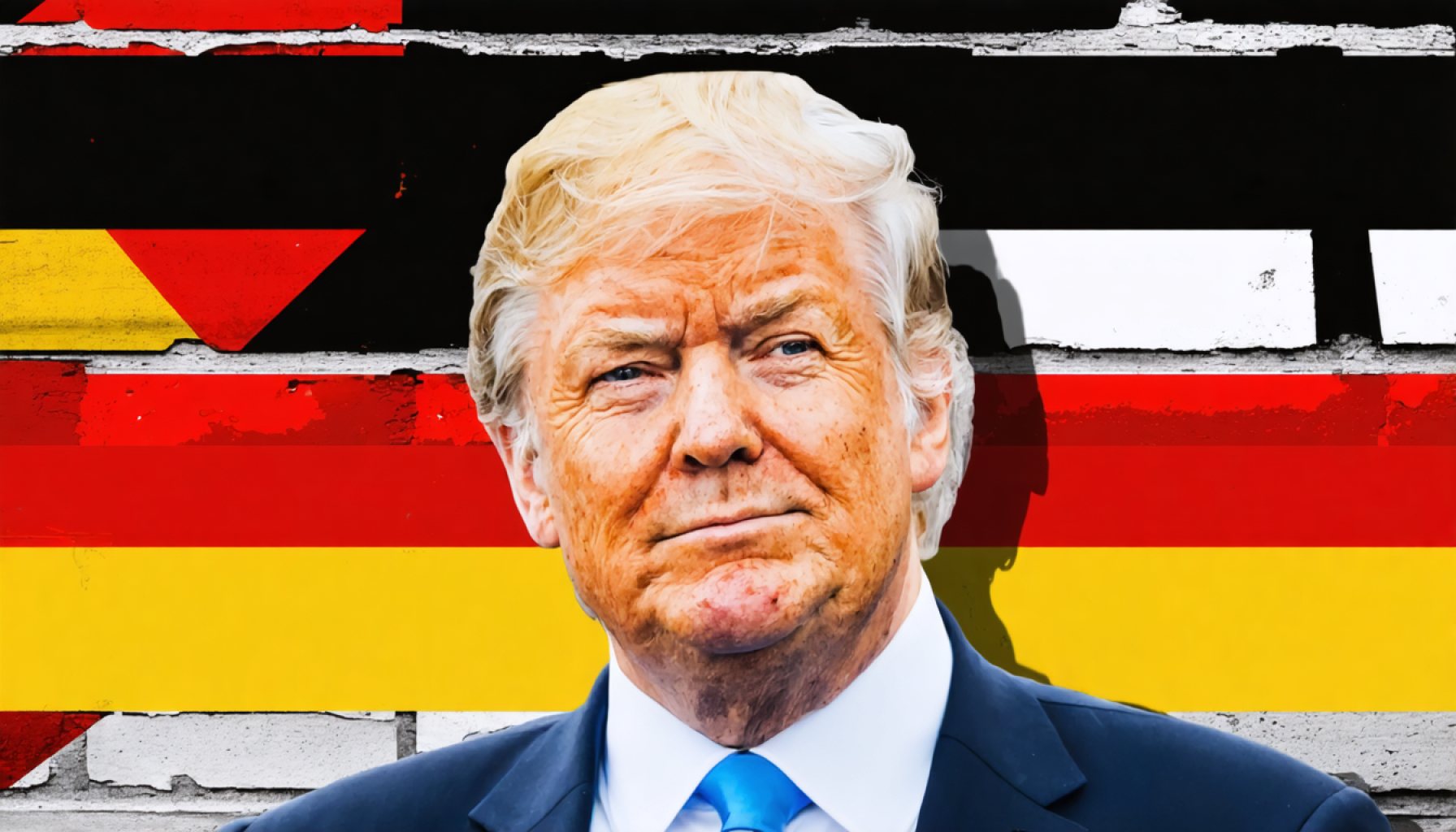- CDU/CSU dips to 28%, highlighting changing voter sentiments.
- SPD remains steady at 16%, demonstrating resilience in turbulent times.
- The Green Party holds strong at 14%, maintaining consistent support.
- FDP shows a slight increase to 4.5%, indicating modest gains.
- AfD rises significantly to 21%, suggesting growing public enthusiasm or dissatisfaction.
- Die Linke increases to 8%, hinting at renewed interest in progressive policies.
- BSW and smaller parties at 4.5% and 4%, remaining below the 3% barrier.
- Shifting percentages suggest new coalition possibilities, influencing potential government formations.
- The mosaic of German politics reveals evolving social dynamics through every political movement.
Germany’s political scene buzzes with intrigue and subtle power shifts. As hypothetical projections paint a vibrant tableau of party standings, the CDU/CSU now finds itself dipping to 28%, a slight downturn illuminating the evolving voter sentiment. Meanwhile, the SPD holds steady at 16%, weathering the political storms with steadfast resilience.
The Green Party stands firm at 14%, maintaining their consistent support, while the FDP edges up slightly to 4.5%, signaling a modest yet significant gain. The most noteworthy rise comes from the AfD, climbing to 21%, reflecting a growing enthusiasm or perhaps dissatisfaction simmering beneath the surface.
On the left, Die Linke creeps up to 8%, securing a marginal increase that might hint at resurging appeal among those yearning for progressive change. The BSW and other smaller entities share the fringe, marking 4.5% and 4% respectively, their presence overshadowed by their inability to break the crucial 3% barrier.
These figures, animated by a myriad of political dynamics, present a tantalizing puzzle of coalition possibilities. A government formed by the Union and SPD teeters on the precarious edge of statistical uncertainty. Each percentage point pulsates with the potential to redefine alliances and strategies.
In the unfolding mosaic of German politics, every shift, no matter how slight, tells a story of wider social undercurrents. As the political players maneuver through this evolving landscape, the electorate watches closely, ready to tip the scales and redefine Germany’s path forward.
Political Shifts in Germany: Understanding the New Dynamics
Political Landscape Overview
The political scene in Germany is undergoing fascinating shifts, as seen with the latest polling data. The CDU/CSU, traditionally a dominant force, sees a decline to 28%, while the SPD holds at 16%. This denotes a significant evolution in voter preferences, influenced by various social and economic factors.
Key Highlights:
1. CDU/CSU Decline: A dip to 28% suggests growing skepticism among voters. Historical performance, policies on immigration, climate change, and economic reforms could influence this trend.
2. SPD Stability: Remaining at 16% illustrates resilience. Their focus remains on social welfare and labor policies, maintaining core voter loyalty.
3. AfD Surge to 21%: This marks a notable shift, indicating a sway towards more nationalistic and anti-establishment perspectives. It could be reflective of the public’s response to current economic conditions and migration policies.
4. Green Party Consistency: At 14%, the Greens maintain stable support, aligning with the increasing importance of environmental issues across Germany.
5. FDP and Die Linke Marginal Gains: The FDP rises to 4.5%, showing a slight growth that suggests a boost in pro-business sentiments. Die Linke at 8% hints at a renewed interest in progressive policies.
How-To Steps & Life Hacks
Navigating Political Changes:
– Stay Informed: Follow credible news sources and political analyses to stay updated on German politics and its impact.
– Engage in Dialogue: Participate in forums and discussions to understand different perspectives and gain a broad view of the political climate.
– Vote Strategically: Use your vote to influence change based on informed decisions that align with personal and national priorities.
Real-World Use Cases
Political shifts impact:
– Businesses: May adjust focus depending on government policies, particularly around taxes, environmental regulations, and trade.
– Investors: Political stability or turmoil can influence investment in German markets, impacting stocks, currency, and economic growth.
– Individuals: Policy changes affect social services, with employment laws, healthcare, and innovations all hinging on a country’s leadership.
Market Forecasts & Industry Trends
– Coalition Dynamics: With CDU/CSU and SPD being traditional coalition partners, changes in their standings might lead to new formations or instability.
– Right-Wing Influence: AfD’s rise could reshape immigration and European Union policies if they gain significant power.
– Greens and Climate Policy: Increased taxation and job creation in the green sector could become a reality as climate becomes a central policy.
Controversies & Limitations
– Polarization Risks: The rise of parties like AfD indicates potential polarization, which might lead to social tensions.
– Coalition Challenges: Forming stable coalitions with varied political agendas is complex, risking governmental gridlock.
Security & Sustainability
– Policy Impact: Security policies may shift with AfD’s rise, potentially affecting Germany’s stance on immigration and European cooperation.
– Sustainability: The Green Party’s presence assures discussions on sustainable development and ecological measures continue.
Actionable Recommendations
– Stay Engaged: Join civic groups or political organizations to contribute to the democratic process actively.
– Educate Others: Share insights with friends or family to cultivate a well-informed community.
– Prepare for Change: Both businesses and individuals should have contingency plans for any policy changes post-elections.
Conclusion
Germany’s political landscape is a complex tapestry where each shift can redefine national direction. By understanding these changes, engaging actively, and voting wisely, the electorate can meaningfully influence the future.
For more insights on Germany’s political trends, visit BBC or DW.
